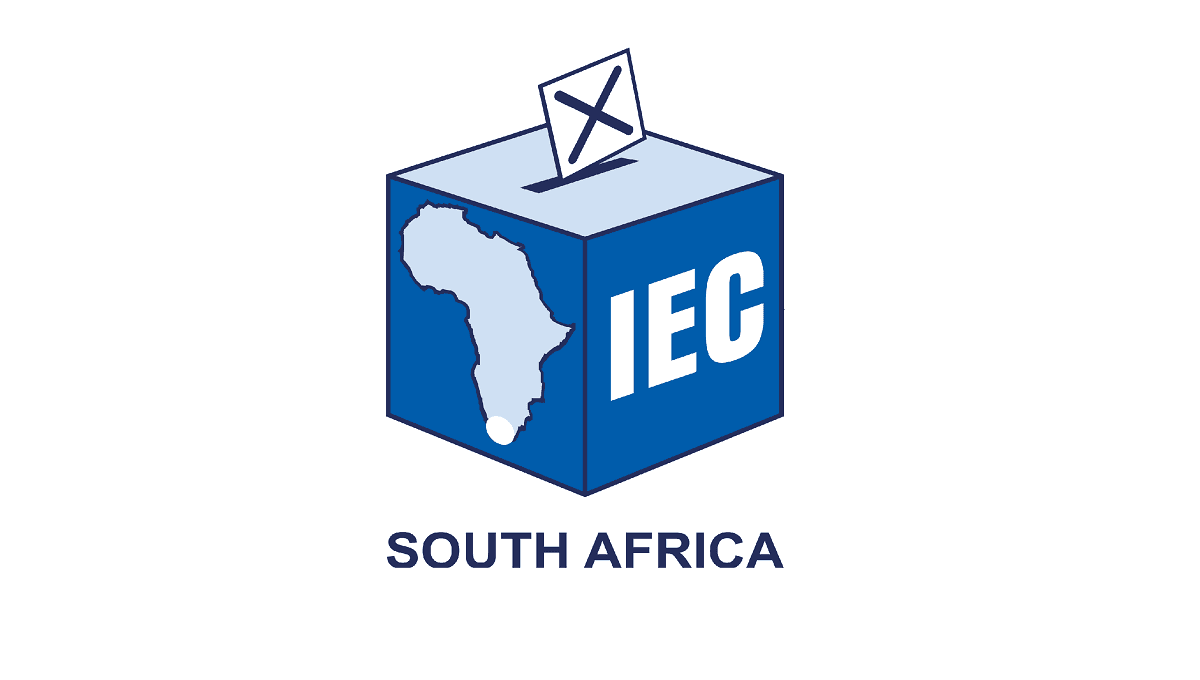SRD Grant Extended For Another Year ~ Finance Minister

On Wednesday afternoon, the Finance Minister announced whether the SRD grant will continue or be converted. The grant has brought relief to millions of vulnerable South Africans.
With the Covid-19 pandemic affecting millions negatively, government then introduced the Social Relief of Distress (SRD) grant to assist vulnerable South Africans with no alternate sources of income.
Wednesday afternoon saw Finance Minister, Enoch Godongwana, deliver the Medium Term Budget Policy Statement. The Minister revealed that the SRD grant would be extended for another year, with the grant now coming to an end in March 2025.
The 2023 Budget indicated that the COVID-19 Social Relief of Distress grant was only funded until March 2024. Government proposes that the fiscal framework make provision for funding for the grant for 2024/25.
R34 billion will be allocated to cover the extension of the R350 grant.
Godongwana said that government is set to finalise the comprehensive review of social grants.
Over the 2024 medium-term expenditure framework (MTEF) period, 61% of consolidated non-interest spending goes to the social wage — combined public spending on health, education, housing, social protection, transport, employment and local amenities.
“Of this amount, R945.9 billion will be spent on social protection transfers, including the old age grant, the child support grant, the disability grant and the COVID-19 social relief of distress grant. South Africa’s social protection expenditure programme, measured as a percentage of gross domestic product (GDP), is one of the largest among developing countries,” he said.
The 2019 MTBPS noted that by 2040/41, social assistance beneficiaries – excluding the temporary COVID-19 social relief of distress grant – were projected to increase to 22.5 million, necessitating spending on social grants amounting to 3 % of GDP annually.
Will the grant be made permanent?
Godongwana also said that the department expects that should the grant be made permanent, or a similar grant be introduced, the amount of beneficiaries would increase to from 27.3 million in 2023/24 to 40.4 million in 2040/41, which will cost 3.8 % of GDP in 2040/41.
This would however lead to a permanent source of funding, such as additional revenue measures, being needed.




